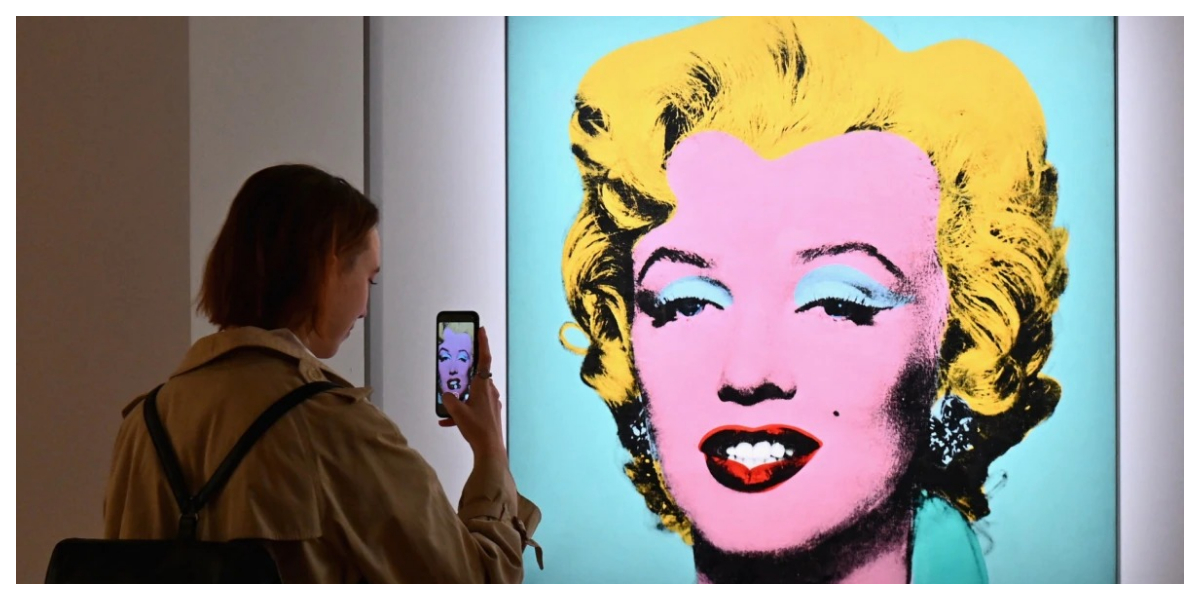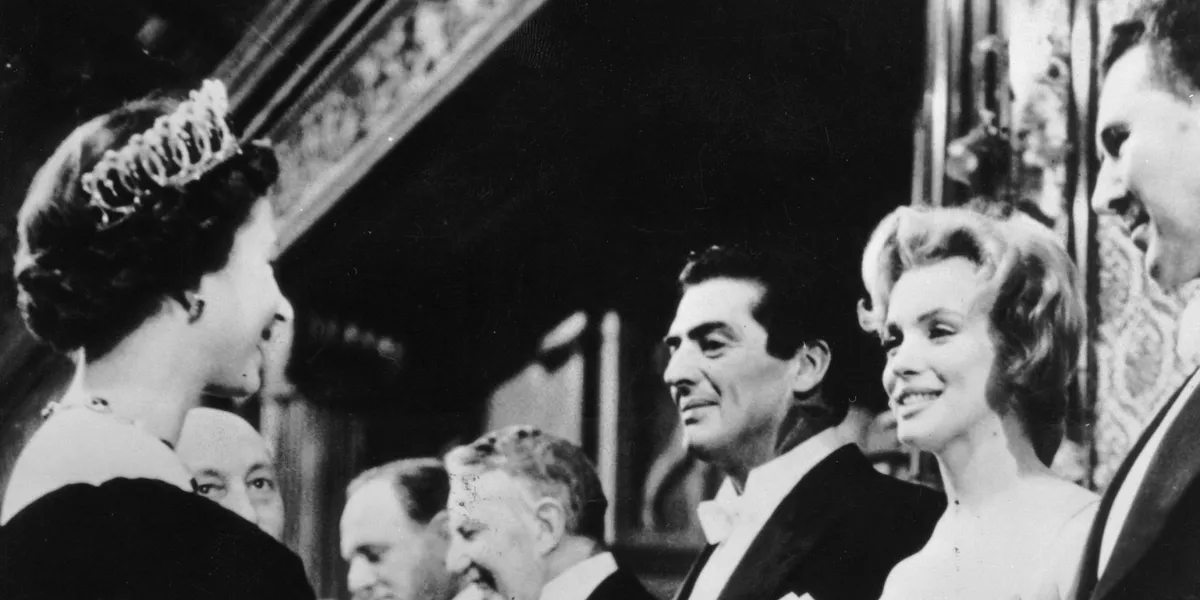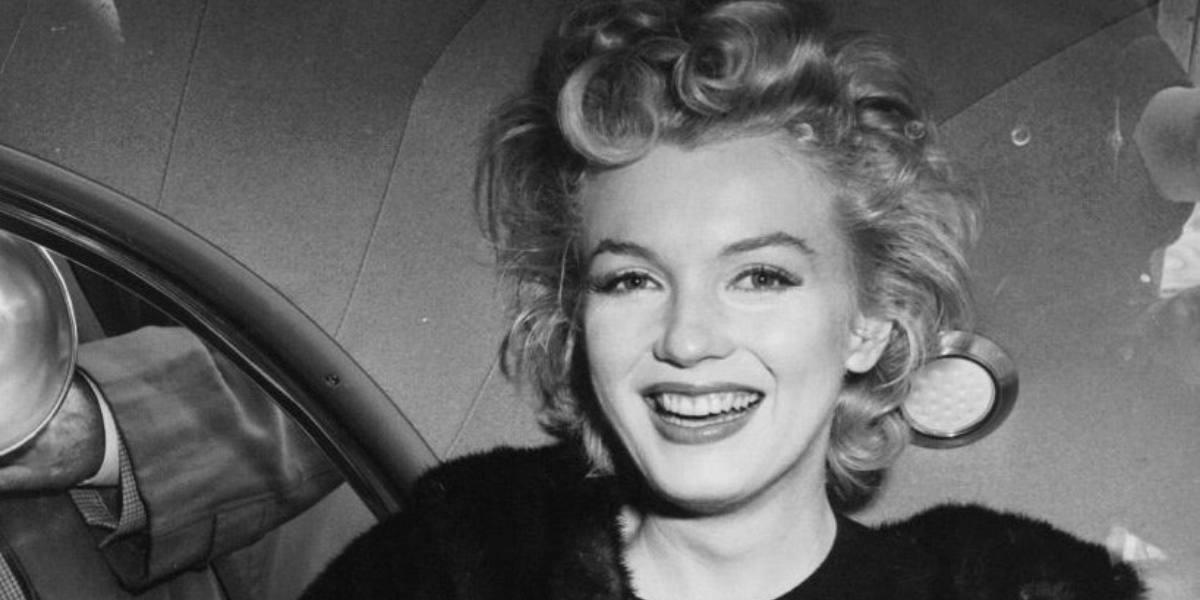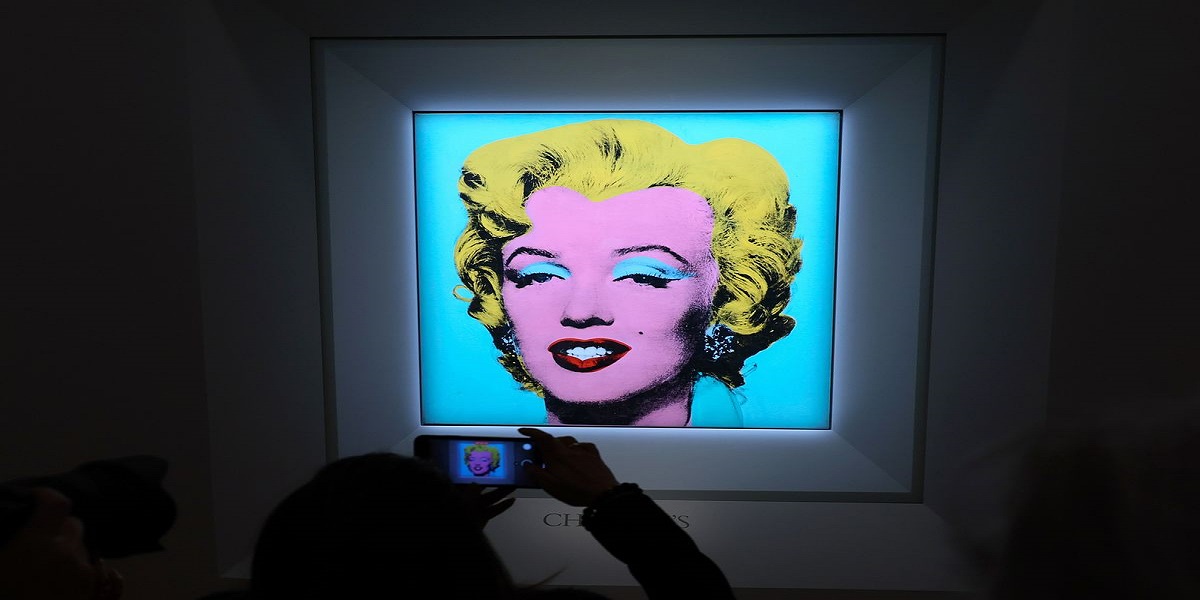In honour of the 60th anniversary of Marilyn Monroe’s death in August, Netflix has released a new documentary on her. According to a Netflix narrative summary, The Mystery of Marilyn Monroe: The Unheard Tapes attempts to “provide… a new viewpoint on that fatal night.”
The Marilyn Monroe documentary will also dispel some of the conspiracy theories that have sprung up in the aftermath of her death. This includes the long-held conviction among some that she was assassinated by the Kennedys in order to conceal probable romantic relationships between John and Robert—or, as the documentary briefly suggests, because she knew too many nuclear secrets.
Unfortunately, the documentary contradicts this by adding the unneeded twist of having actors “play” those persons by lip-synching the audio, a futile attempt to give the idea that the spectator is witnessing the other side of those dialogues. It’s an indulgence that’s far too cute for its own good, adding a sense of showbiz pzazz that does nothing to bolster the project’s credibility. Given that there’s plenty of video and film footage of Monroe to weave in, it’s an indulgence that’s far too cute for its own good, adding a sense of showbiz pzazz that does nothing to buttress the project’s credibility.
The truth behind Marilyn Monroe’s death, like many other stories that inspire conspiracy theories, is more mundane and tragic than the subsequent stories. The truth is that Monroe was a depressed lady who committed suicide at the age of 36.
Monroe’s maid Eunice Murray went to check on the actor in his bedroom at her home in Brentwood, Los Angeles, around 3 a.m. on Sunday, August 5, 1962. Monroe’s doctor had asked Murray to stay the night at the star’s home, but the door was closed and Monroe was unconscious despite the light being turned on.
She alerted the psychiatrist, who broke the window and discovered the star dead, naked on her bed, holding the phone, and with empty prescription pill bottles spilled across the room.
The police investigated and found no evidence of wrongdoing. According to the later report, the death was caused by “a self-administered overdose of sedative drugs and that the mode of death is probable suicide.”
Monroe had struggled with melancholy, insomnia, and other mental health issues in the years leading up to her death, as well as addictions to amphetamines, barbiturates, and alcohol. She was also growing increasingly reclusive, especially after being fired from her final picture, Something’s Gotta Give, in June 1962.
The report continued: “Miss Monroe had often expressed wishes to give up, to withdraw, and even to die. On more than one occasion in the past, she had made a suicide attempt, using sedative drugs. On these occasions, she had called for help and had been rescued. It is our opinion that the same pattern was repeated on the evening of Aug. 4 except for the rescue.”
For the latest Entertainment News follow BOL News on Google News. Read more on Latest Entertainment New on oldsite.bolnews.com
[embedpost slug=”netflixs-marilyn-monroe-movie-gets-adults-only-rating/”]










